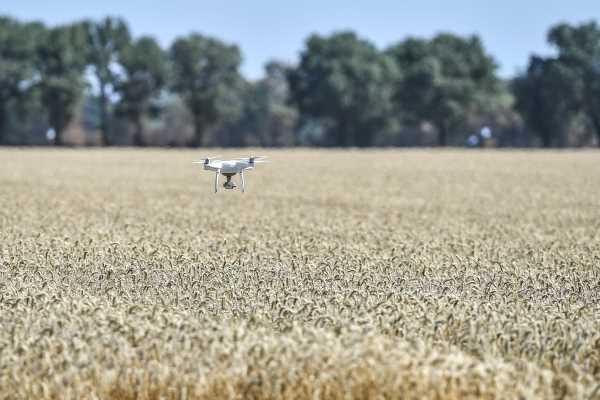Sub-Saharan Africa’s agricultural sector is widely recognised to have vast, under-utilised potential.
However, according to experts, Louise Fox and Landry Signe, and and labour productivity in Africa are low compared to other regions and have barely increased over the last 20 years.
The low productivity has created widespread rural poverty and food insecurity, so the potential for productivity increases represents an opportunity to boost inclusive growth.
Louise Fox is a non resident senior fellow in the Africa Growth Initiative (AGI), which is part of the Global Economy and Development Program at the Brookings Institution while Landry Signe is executive director and professor at the Thunderbird School of Global Management, a senior fellow in the Global Economy and Development Programme and the Africa Growth Initiative at the same institution, a distinguished fellow at Stanford University, and founding director of the Fourth Industrial Revolution Initiative.
Scholars, development organisations, and some entrepreneurs have identified digital technologies associated with the Fourth Industrial Revolution—the broad shift toward greater machine autonomy, improved analytics, greater connectedness, and advanced robotics—as one potential path toward overcoming these productivity challenges,” the two experts said this week.
They added that anecdotal evidence from well publicized start-ups—such as Hello Tractor, a tractor-sharing platform started in Kenya, and Zenvus, a Nigerian soil mapping company—have fuelled a narrative that digital agriculture represents the key to delivering productivity gains to African start-ups.
“Yet as a recent FAO report admitted, hard evidence that digital agriculture is delivering on this promise is difficult to come by, as long-standing challenges persist in preventing to unlock fully the potential of these technologies.
“In a recent report, we use new data and trends in output and employment, review the main productivity issues that are preventing transformation in the African agricultural sector, and ask how Fourth Industrial Revolution (4IR) technologies might address them and unlock better job opportunities.
“The optimistic narratives around African farmers’ adoption of technology often overlook the more long-standing challenges they face that are preventing the adoption of much older productivity-increasing technology, such as fertilizers and conventionally produced hybrid seeds. For digital agriculture to be effective and transformational in Africa, a concerted effort to address Africa’s long-standing agricultural productivity challenges is needed.”
They said 4IR offers significant productivity, and income-enhancing potential on the farm and post-harvest.
Possible applications include, farmer-tailored digital information platforms could help farmers quickly obtain knowledge, such as how to acquire and use new technologies, weather advisories, prices and buy offers from traders, and how to rent agricultural equipment, such as tractors, internet-connected sensors could help farmers track soil composition, crop growth progress, weather effects, and the presence of disease, allowing farmers to react swiftly to problems such as a lack of water or nutrient deficiencies. IOT technology can also monitor post-harvest storage conditions to ensure that spoilage does not occur, and high-productivity, disease-resistant seed varieties developing using CRISPR gene-editing technology could reduce risk to farmers while increasing yields.
“These applications are currently in wide use in developed and emerging market countries in other regions, but aside from some technologies like mobile phones used to connect suppliers and traders, most African farmers are not using contemporary technologies like these.
“And where they have been used, evidence has now emerged that, although access to mobile phones has improved market performance in agriculture at the macro level, the impact at the micro-level is heterogeneous.
“At the micro level, mobile applications have not systematically improved farmgate prices or on-farm earnings for the average farmer, although they have in some cases reduced price dispersion, especially for perishable crops such as bananas, suggesting that some farmers, possibly in more remote areas, have benefited.”
The experts added one reason for the slow pace of technology diffusion among the African agricultural sector is limited internet access.
“In rural areas, less than 30% of adults in rural areas report having access, mostly to mobile broadband at 2G and 3G speeds, which is not fast enough for many applications. Without access to information about technologies that might improve yields and without the internet speeds to run the relevant applications, technological developments aren’t reaching those who need them most.”










[…] source […]
Comments are closed.